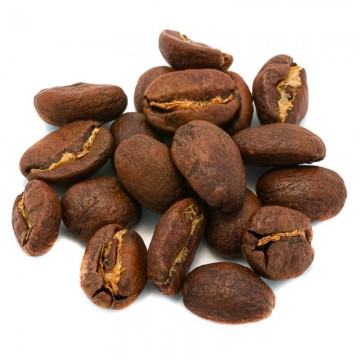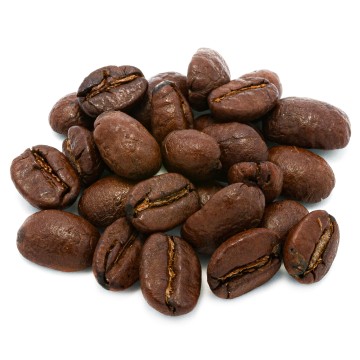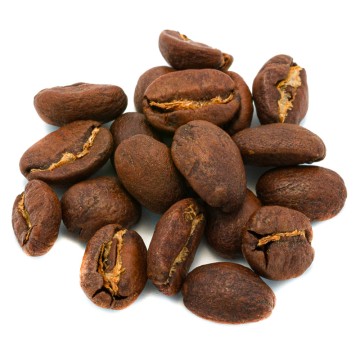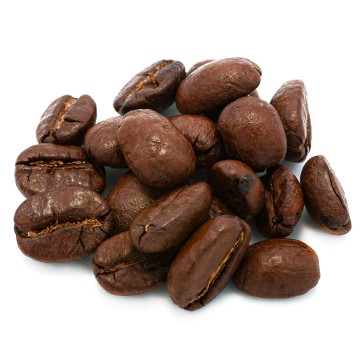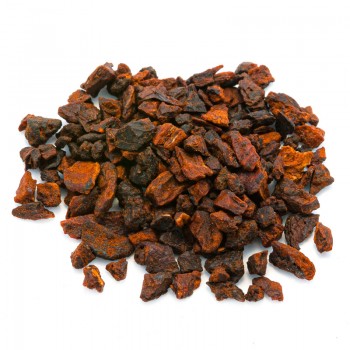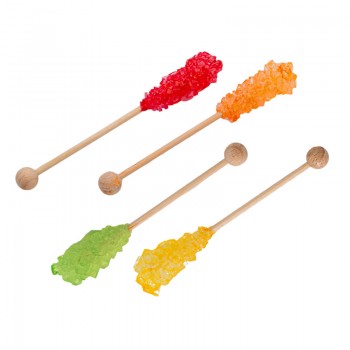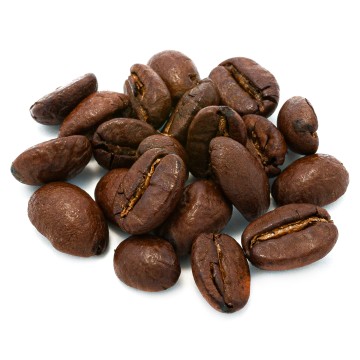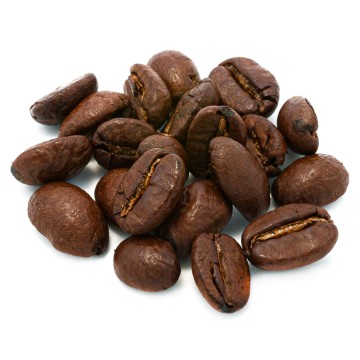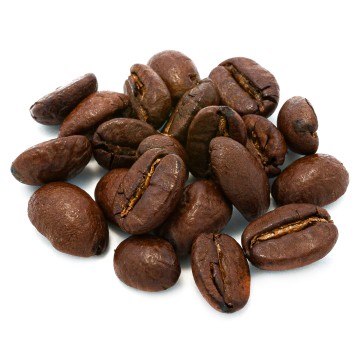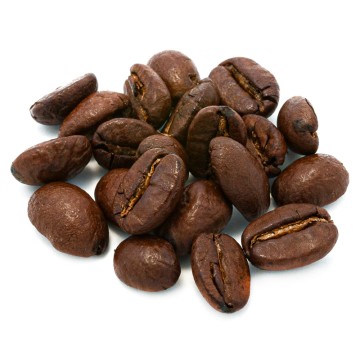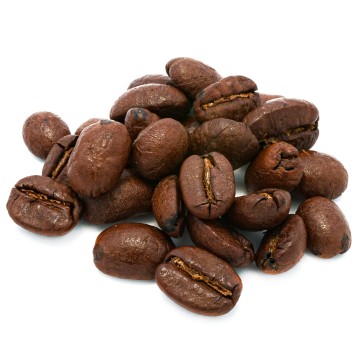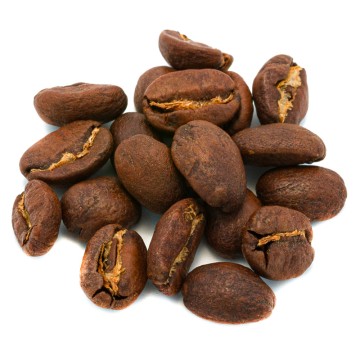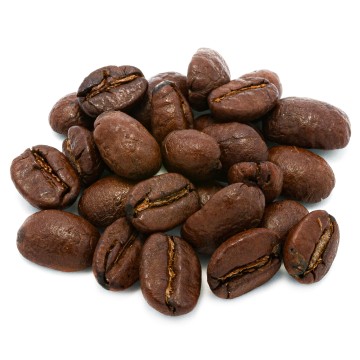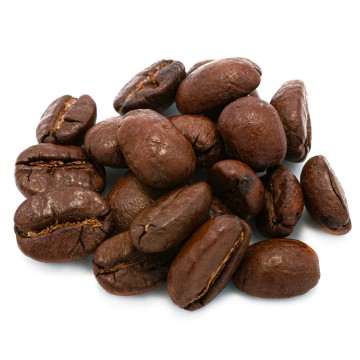Brazil is the world's largest producer of coffee, therefore there are many types of Brazilian coffee, most of them treated with the most common washed method, but there is no shortage, as in the case of this product, coffees dried with the traditional method.
History of coffee production in Brazil
Brazil is often the first country that comes to mind when we talk about coffee, yet the coffee plant or rather we should talk about plants because in Brazil both Coffea arabica and that Coffea canephora (robusta is obtained from the latter), are not native to the Americas. The coffee plant arrived in Brazil in 1700 imported by Europeans. The first arrival of coffee on the American continent seems to have been by the French in the Caribbean, how it arrived in Brazil which was under the dominion of the Portuguese is not certain, according to one story it was a Portuguese soldier who managed to obtain some seeds from the wife of the governor of French Guiana. However, somehow in 1727 coffee arrived in northeastern Brazil in today's state of Para.
Before the end of the century it was widespread in the state of Rio de Janeiro but it was the boom in demand for coffee in the rich US and European markets at the beginning of the following century that led to the emergence of Brazilian coffee cultivation on international markets. Brazil is currently the world's leading producer with a third of total production, yet in the past it had been even more dominant, even around 1920 its position of dominance in the international coffee market was such that according to the most conservative estimates it supplied the world with at least 80% of the coffee, according to other sources it was close to 100%.
As regards the production regions, the state of Minas Gerais provides more than 50% of the production, after all it is enough to look at a map to realize that it is one of the largest states , is located in the south-eastern part of the country, behind Rio de Janeiro and Espirito Santo. The second state for production is Sao Paulo, the city of the same name became the largest city in the country in 1800 due to the impetuous development of the coffee industry. Almost all of the arabica production comes from Espirito Santo.
The quality of Brazilian coffee
The enormous production of coffee is divided between 80% arabica and 20% robusta which, let's remember, is not obtained simply from a different variety but from a another plant species, Coffea canephora. To demonstrate the fact that it is the international market that requires above all arabica, it will be enough to mention the fact that less than 5% of that 20% of robusta is exported, while of that 80% of arabica as much as 70% is exported (respectively data from 2007 and 2009). The characteristics of coffee depend on a combination of factors: the plant (naturally) there are many varieties of arabica, the soil, the climate (the latter in turn is the result of a combination of factors such as altitude, exposure to agents atmospheric conditions of plantations etc.). In Brazil the majority of cultivations are not at great altitudes, but benefit from the proximity of the plateaus, although there is also no shortage of coffee grown at higher altitudes. The rain cycle that alternates drought with abundant rain has a fundamental role in promoting crops of uniform quality and also the quantity of production because every time the rains arrive the coffee plant flowers. Given the enormous quantity of coffee exported, Brazilian coffee is often associated in the collective imagination with the idea of quantity and not that of quality, but in reality it exports coffee of every level, even with peaks of excellence.
Despite the differences between coffee and coffee, the common characteristic of Brazilian coffees is the sweetness of the aftertaste with a hint of nuts and/or cocoa and the low acidity, the low acidity is considered the characteristic

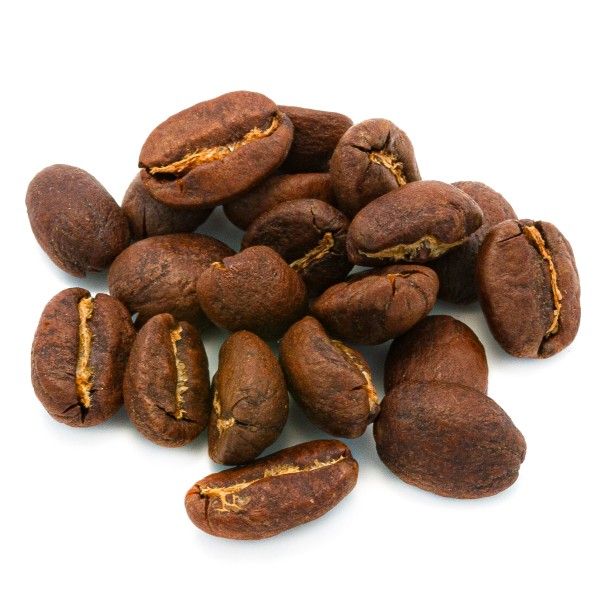

 No reward points for this product.
No reward points for this product.
